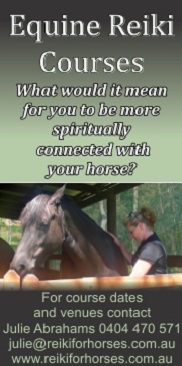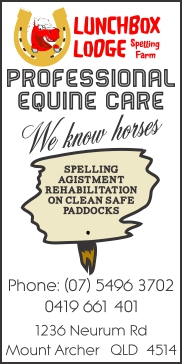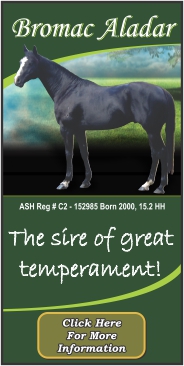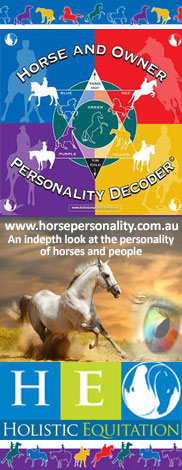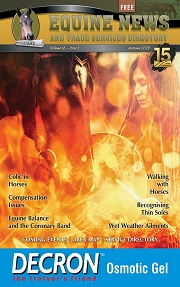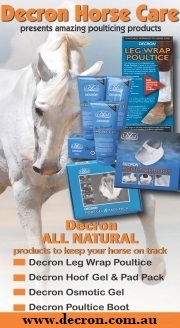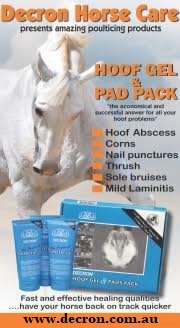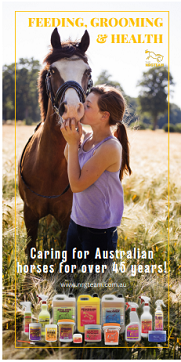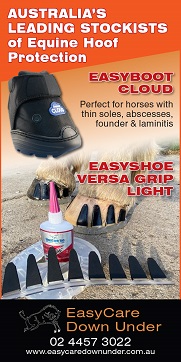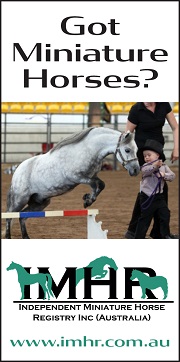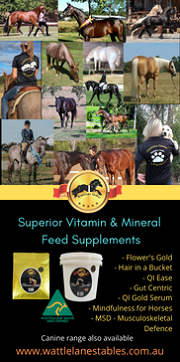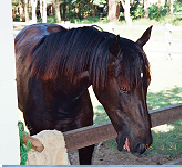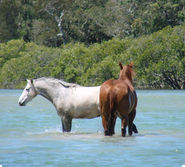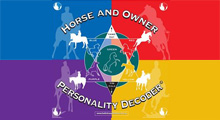by Steve McEwan – Reptile World
About three thousand people are bitten by snakes every year in Australia with most bites occurring in rural areas. Most people get bitten because the snake has felt threatened either by someone trying to kill or catch it, or accidentally treading too closely to, or on it. Therefore the best way to avoid a bite would be to avoid the snake by leaving it alone and looking where we walk.
Most venomous snakes are nomadic feeders, constantly on the move in search of food, water and shelter.
That is all a snake needs to survive so if we can reduce or eliminate one or more of these, we are well on the way to reducing the numbers of snakes that will reside around your house, sheds, stables etc.
The snakes most often seen in the area covered by Equine News are the Eastern Brown, Red-bellied Black, Carpet Python, Common Tree and the Brown Tree Snake.
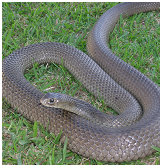
The Eastern Brown Snake does not necessarily have to be brown. They can be light or dark brown, even black and sometimes they are banded, mainly when they are young.
They are a very nervous, alert and shy snake and if cornered or approached and feel that they are vulnerable, they will face the enemy, stand up in a S, quite often with mouth open, and defend themselves. But as with all snakes give them right of way and they will retreat. They are a very nomadic snake when it comes to feeding, and will cover a lot of ground when in search of their favourite food-mice. Brown snakes cause more snake bite deaths in Australia than any other.
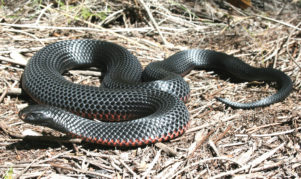
The Red-bellied Black Snake is mostly found near water, where it hunts for frogs, tadpoles, fish, eels, lizards and other snakes. But will also move into drier areas in times of drought looking for food and a drink.
Because of its shy nature most people bitten by this species have usually tormented the snake, tried to kill it, picked it up etc instead of letting it flee.
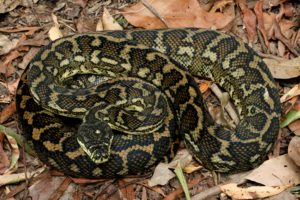
The Carpet Python is a friend to people living on the land as it is non venomous and because of its size consumes large numbers of rodents, (rodents of course being the main food source of the brown snakes). So if we encourage the carpet python to stay in our sheds and around the properties eating those mice and rats, it reduces the food for venomous varieties and therefore reduces the chance of a potentially fatal encounter.
Carpet Pythons may, on the odd occasion, eat a chook or two, but believe me its certainly worth having a harmless snake taking a fowl every now and then than a venomous one biting your kids, you, or domestic pets.
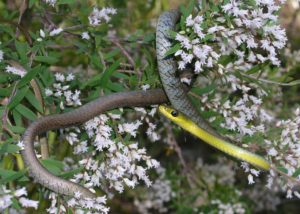
The Common Tree Snake is non venomous and feeds on frogs and small lizards.
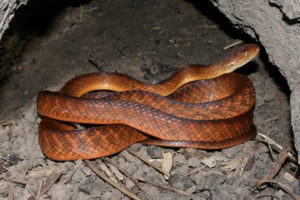
The Brown Tree Snake is a nocturnal snake and is often seen curled up during the day in the rafters of sheds and in roofs. It has a mild venom (non-fatal) with fangs in the back of the mouth and feeds on mice, birds and lizards.
How to avoid being bitten.
Leave snakes alone!
Do not attempt to catch or kill a snake.
Look on the ground in front when walking.
Wear protective clothing eg, boots, long baggy pants, long sleeved shirts.
Snakes react to movement, stand still if you are close to a snake.
Use a torch at night; many species of snake are nocturnal.
Clean up around the house; keep grass short, gardens neat and builders waste, fire wood etc stored off the ground.
If you have chickens or birds clean up left over seed and grain.
Trap or bait rats and mice as these attract snakes.
Keep compost in compost containers.
Keep animal foods in tightly sealed bins or containers so that vermin cannot get to it.
Electronic snake repellents or sprays do not effectively keep snakes away.
Snakebite First Aid
Do not cut or suck the bite.
Do not apply a tourniquet.
Do not wash the bite.
Do not try to catch or kill the snake.
Do not give alcohol to the patient.
Pressure and Immobilisation Technique
- Encourage the patient to remain calm and as still as possible.
- Apply a broad pressure bandage(s) over the bitten area as soon as possible, starting from the lower portion of the limb.(Fingers or toes)
- Apply the bandage(s) as firmly as you would for a sprain.
- Extend the bandage(s) as high as possible up the limb.
- Immobilise a bitten leg with a splint.
- Immobilise a bitten arm with a splint to the elbow and a sling.
- It is very important to keep the bitten limb still.
- Bring transport to the patient if possible.
- Get medical help to the patient as soon as possible.

To order Snake Bite Kits
$15 + $5 Postage and Handling.
Phone:
02 6651 5244
Email: steve@reptileworld.net.au
EMERGENCY PHONE NUMBER IS 000
The wide variation in colour and pattern of our snakes can often lead to the wrong identification. Some snakes have a mild venom that may result in localised pain and swelling. However, as with bee stings, some people may have a more serious reaction which may, in extreme cases, result in anaphylaxis.
I believe all snake bite victims, no matter what kind of snake they think they have been bitten by, should perform the pressure and immobilisation technique and seek medical attention.








